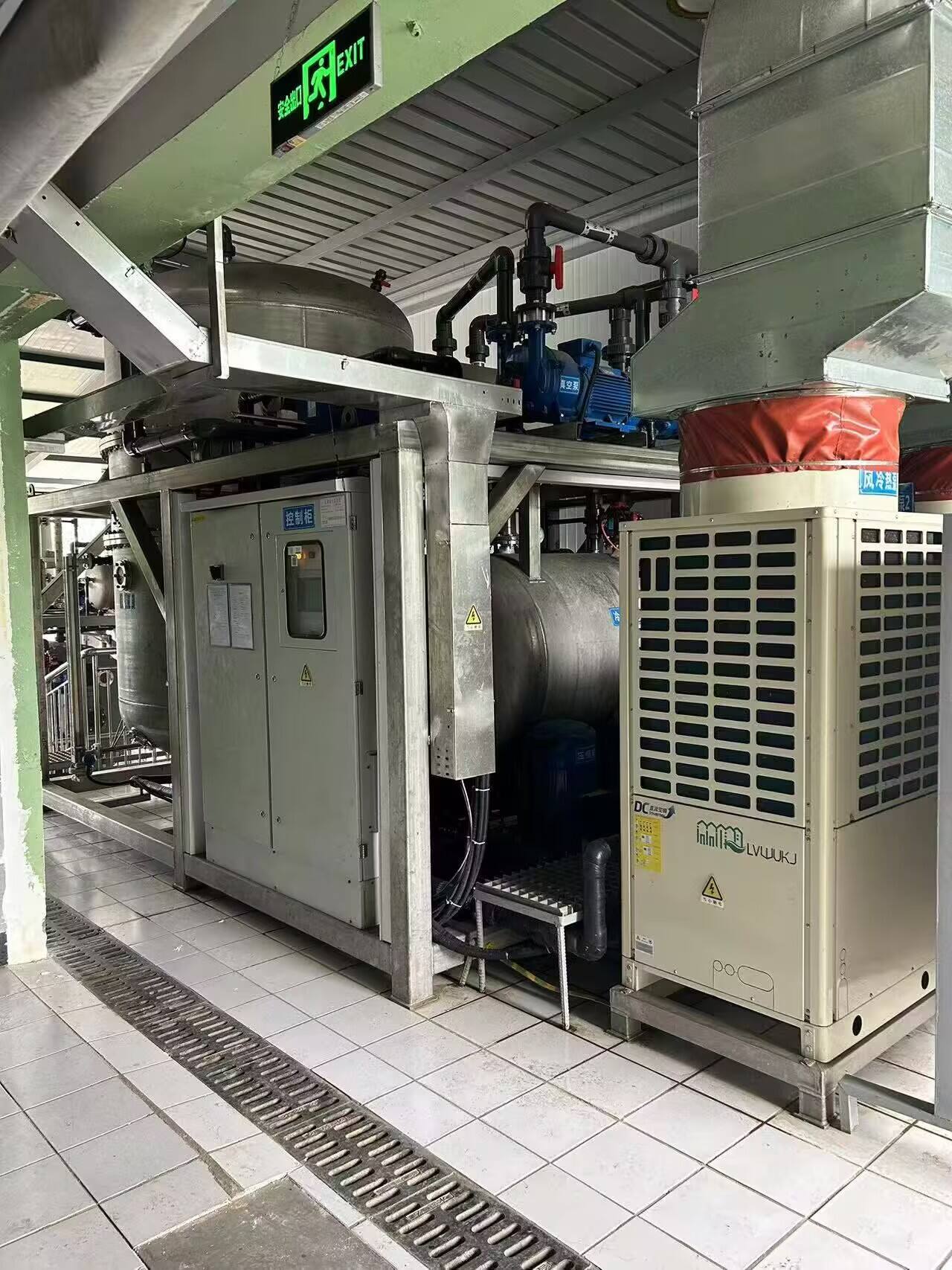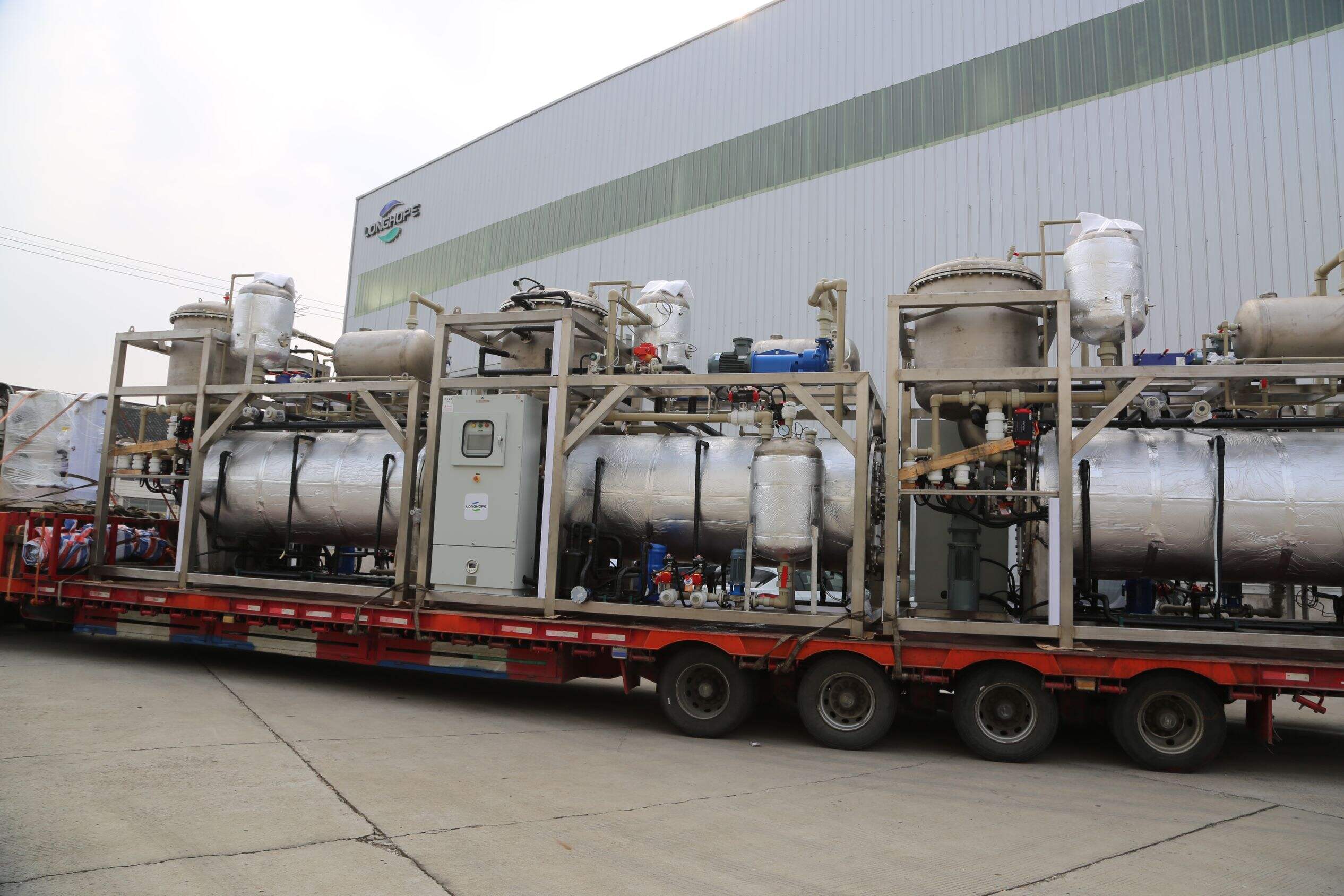effluent treatment plant for chemical industry
An effluent treatment plant for the chemical industry is a sophisticated system designed to treat and purify industrial wastewater before its discharge into the environment. This critical facility employs a multi-stage treatment process that includes physical, chemical, and biological methods to remove contaminants, hazardous substances, and pollutants from industrial effluents. The plant typically begins with preliminary treatment, where large debris and suspended solids are removed through screening and sedimentation. This is followed by primary treatment, which involves pH adjustment, chemical precipitation, and coagulation processes to remove dissolved solids and heavy metals. The secondary treatment phase utilizes biological processes, where microorganisms break down organic compounds. Advanced tertiary treatment may include membrane filtration, activated carbon adsorption, and oxidation processes to achieve higher levels of purification. The system is equipped with automated monitoring and control systems that ensure consistent treatment quality and compliance with environmental regulations. Modern plants also incorporate resource recovery systems that can extract valuable materials from waste streams, contributing to circular economy principles.


